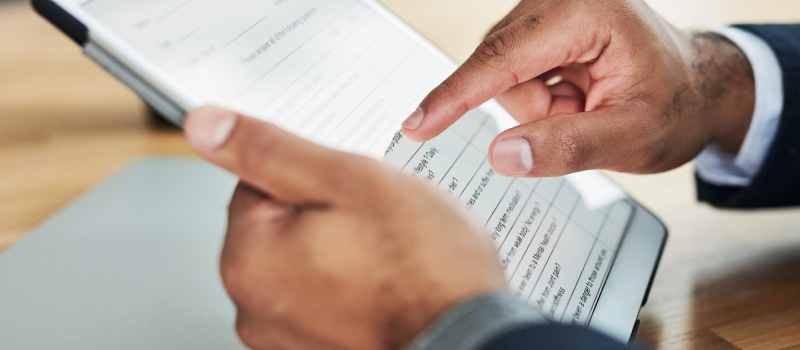30/10/2023
read
Four easy ways to frustrate cyber criminals

With all the talk about cybercrime and the recent spate of headlines about ransomware, concerns for your data security and the safety of your business keep growing. Avoiding a data breach is critical to your business, so it is vital that you focus resources and time on cybersecurity. Your MSP can be your best support for handling the variety of solutions to the problem of cybercrime. However, don’t forget what you can do on your own. Amidst all the sophisticated tools to protect your data, don’t forget the role of the lowly password. Passwords are there all the time, so we tend to take them for granted.
Here are four easy best practices for good password hygiene which don’t require hand sanitizer or staying six feet apart.
Strong Passwords
Many advisors suggest that a strong password includes letters, numbers and symbols. Basic vocabulary words, from any language, can often be hacked through brute force–just bombarding with a stream of words until you hit the correct one. Numbers and symbols can make that less successful.

Update Passwords
The longer a password is hanging around, the more likely it may be compromised. Frequently changing passwords, just like changing the batteries in your smoke detector, should be done on a regular basis. Try the first day of every third month.
Cancel Passwords when access is no longer needed
In a workplace setting, access should be eliminated immediately upon the termination or transfer of an employee. Not tomorrow, not later today–Immediately. This is particularly true in the case of an involuntary termination, when a now former employee may have a motivation to act nefariously. Also, when an employee’s job duties change, some access from their previous position may not be relevant with their new role.

Multi-factor Authentication
Multi-factor authentication (MFA) is the access process that requires a second step to access data. You probably come across it frequently. Many retail sites now use MFA for returning customers who want access to their account or order history. MFA asks for your password and then authenticates you by sending a one-time code to another platform. Most frequently, this means sending you a text. The intent is to diminish the possibility that the password is being used by someone not authorized to have it. Anytime you use an ATM machine, you are using a version of MFA (The debit card is step one, the PIN is step two)
How can we help?
Whether you have a project to discuss or just need some friendly advice, we'd be happy to help.
Get in touchKeep up to date
Join our mailing list and stay up to date with all the latest in the IT world